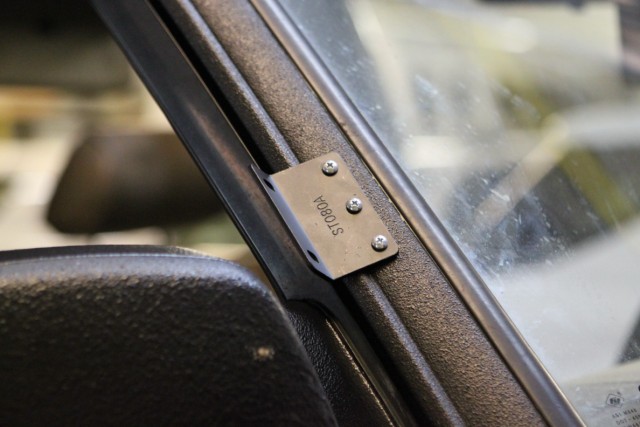This is from a quick internet search. I saw a post recently where someone described the bad silicone as that which smells like vinegar.
Acetic silicone sealant is acid accumulator free. It will absorb water from air to release the acetic acid gas during the curing process.
Neutral silicone sealant has two types, including dealcoholization and ketonic oxime. It will absorb water from air to release alcohol gas during the curing process.
2. Application:
There is great difference in application between those two silicone sealants. You must need to choose a suitable silicone sealant as required, then it will work effectively
Acetic silicone sealant
Acid silicone sealant is suitable for purpose of sealing, plugging leak-proof and weatherproof. It can be used indoor and outdoor, but the effect is better indoor. It is outstanding on leakage and seepage. There is some corrosion towards metal, so it will corrode or can’t bond the copper, brass (and other copper alloy), magnesium, zinc and electroplated metal (and other zinc alloy).In addition, it’s can be used on masonry made of stone and iron carbide on the substrate or the connection which is moved more than 25% of the seam width. Acid silicone sealant is usually used on the mute of the back of the wood. It is strong adhesion.
Neutral silicone sealant
Neutral silicone sealant is suitable for weather-proof seal of all kinds of curtain wall. We particularly recommend use it on sealing glass curtain wall, aluminum-plastic curtain wall and stone dry hanging. In addition, it also can be used on sealing between seam and metal, glass, aluminum, tiles, poly-methyl methacrylate and coated glass. Dehydrated silicone sealant is non-corrosive. The deketoxime silicone sealant will corrode the copper, so that it can not be used on mirror. Neutral alcohol silicone sealant does not corrode copper, so it can used to adhesive mirror. Neutral silicone sealants are used in home improvement, mainly because it does not corrode objects.
3. Curing time
Acid silicone sealant is better on speed of the curing time. Neutral glass has a strong bonding strength, it can firmly stick objects, but its ductility is weak and the gel curing speed is slower.
4. Price
In terms of price, it will be influenced by lots of elements like brands and regions and so on. But in terms of basics, there is no doubt the price of neutral silicone sealant is higher than acidic silicone glue. Because the neutral glass adhesive has little effect on the bonding material, and the cost of the acetic silicone glue is low.








